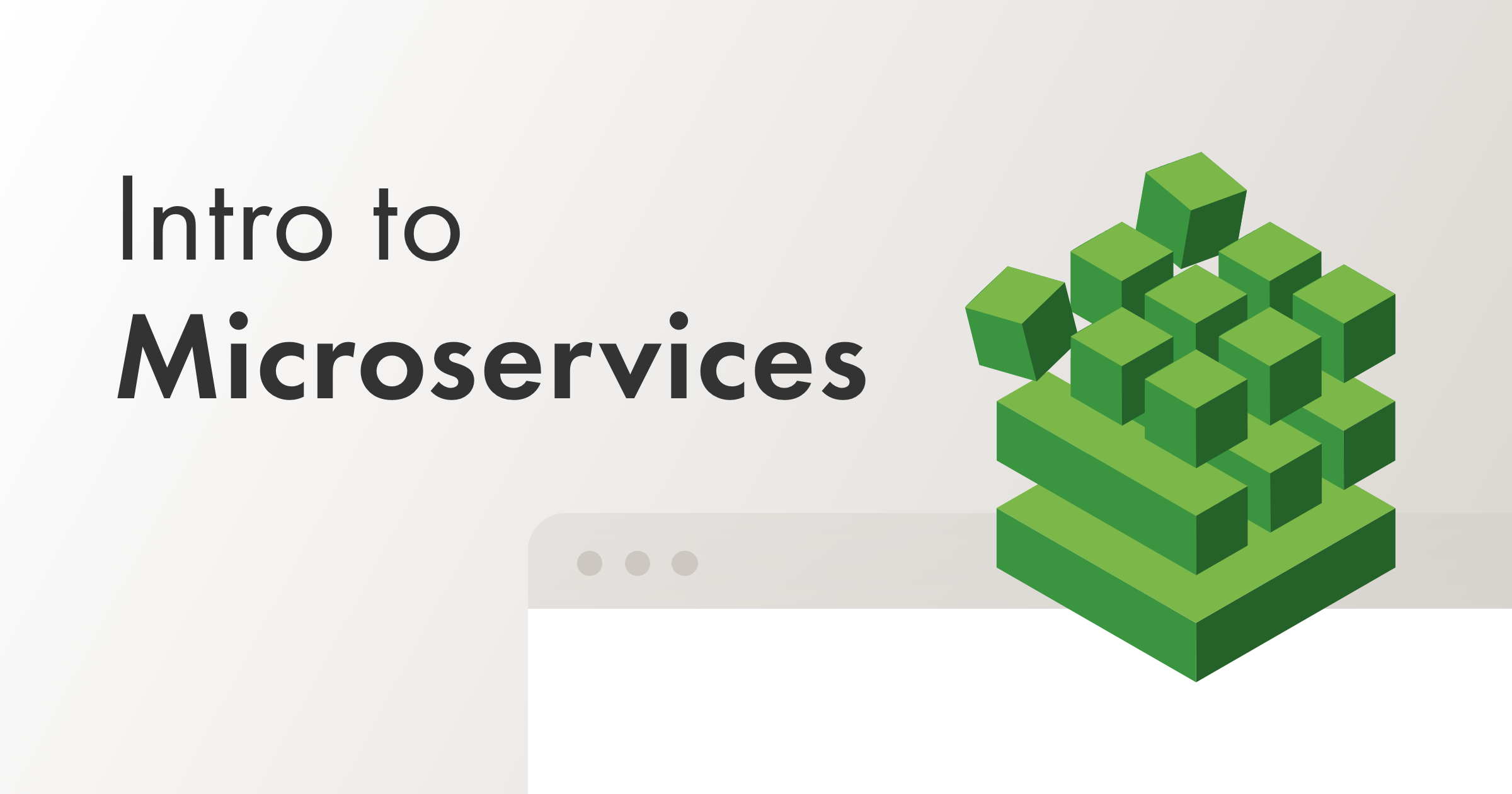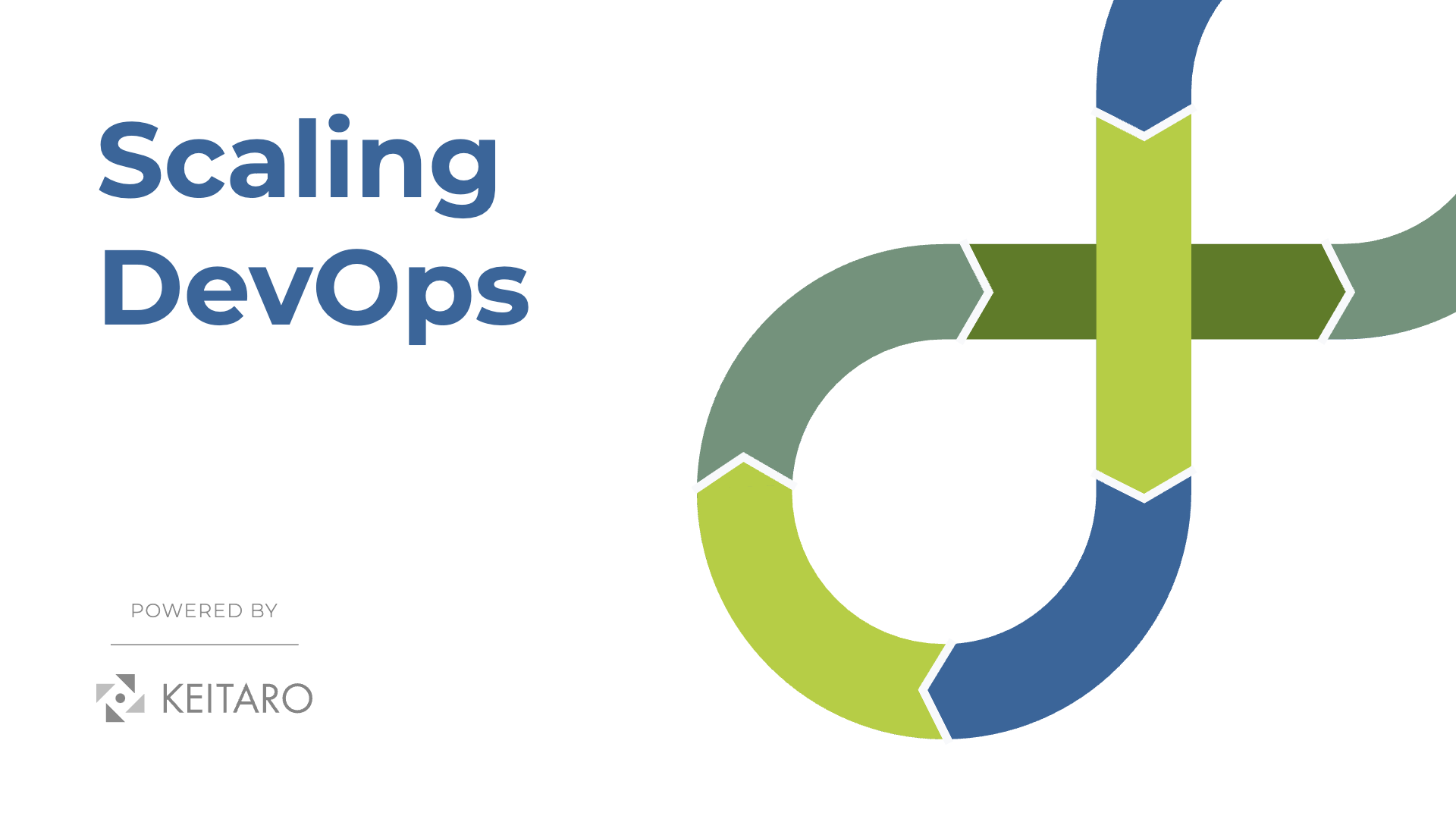With the growing advancements and complexity in software development, developing entire software in a single framework can cause many problems due to interdependent and interconnected attributes. This makes it challenging to deploy new updates, make changes, or use the latest technologies because such changes can impact the performance of the entire program. With technological advancements, organizations are now shifting from monolithic development to service-oriented architecture. This is where microservices come into action. In this article, you will shed light on microservices and some of the key benefits associated with microservices.
What are Microservices?
Microservices or microservice architecture is a unique architectural approach towards software development where a single software is developed using a collection of small services. Each service executes on its own and works on a specific software chuck. This way, separate groups of developers can work on each service, and deploy, test, re-deploy, and finalize those services. Eventually, an organization gets a set of applications that are independent and can be run on their own or aligned together to meet a common goal. With microservices, organizations are able to complete large software development projects in a quick, efficient, and reliable way.
Benefits of using Microservices
Microservices solve many problems of the development teams and increments business capabilities. Following are the five main benefits of microservices:
- Simplicity to Build Software
Microservices are meant to bring simplicity. When software is broken down into small fragments, it becomes simpler to build, test, and maintain. It also becomes less challenging to manage code, as a separate code chunk is associated with each microservice. Since microservices are considered separate entities, so a malfunction of one microservice does not impact the whole system. The malfunction can be addressed separately and then reconfigured with the rest of the system.
- Enhance Speed and Productivity
Microservices decompose software development into multiple chunks that are easy to manage and develop. This allows different developers to work on different software components at the same time without waiting for other developers to respond. This overall increases the speed and productivity of developers. Along with that, software houses can assure better quality because microservices are tested separately and tuned to their top-quality level when others are busy developing the remaining software chunks.
- Increase Scalability
One of the major benefits associated with microservices is that each microservice can be executed with different databases, programming languages, and working environments. This allows the DevOps teams to pick up the best tech stack for each software chuck without worrying about incompatibility. In addition, individual microservices can be scaled up separately in the future with new components without worrying about the redeployment and downtime of the entire system. Besides that, multiple servers can be used to deploy microservices to avoid impact on high-demanding components.
- Organized Teams
Microservices encourage the practice of distributed teams where specific teams have specific microservices to work on. Such services are usually capable of being used in other development needs. So, businesses can permanently allocate specific microservices to specific teams or individual team members that are capable to reuse them for other scenarios. Overall, this encourages cross-functional teams. In addition, teams become capable of making quick technical decisions because the decision-making group is small and the working components are also manageable.
- Enhanced Business Capabilities
Organizations today encourage an agile approach with the concept of continuous integration and delivery. With microservices, teams and individual developers are working on specific software chunks instead of the whole software at once. This reduces complexity, failure chances, and miscommunication among developers. In short, business capabilities are enhanced and business resources are utilized in an efficient way.
Where should you start
If you’re thinking of developing microservice applications, there are many resources online that can help you get started. Here at Keitaro, we’ve created Microkubes – a 100% open source, ready-to-use microservice framework. It works on any cloud, is easy to set up and simple to use at any scale. It provides a completely integrated open source Microservices framework, which works out of the box on Kubernetes.
To get started with Microkubes, follow this installation and setup guide.
Conclusion
When the project scale is large and requires continuous progress delivery, microservices present an ideal approach to have easier, flexible, distributed, and productive development. The one major con associated with microservices is that practicing different programming languages and frameworks in different services makes it challenging to correlate occasionally. But if business development capabilities can handle microservices, then there is no better architectural approach than microservices for large-scale projects.



